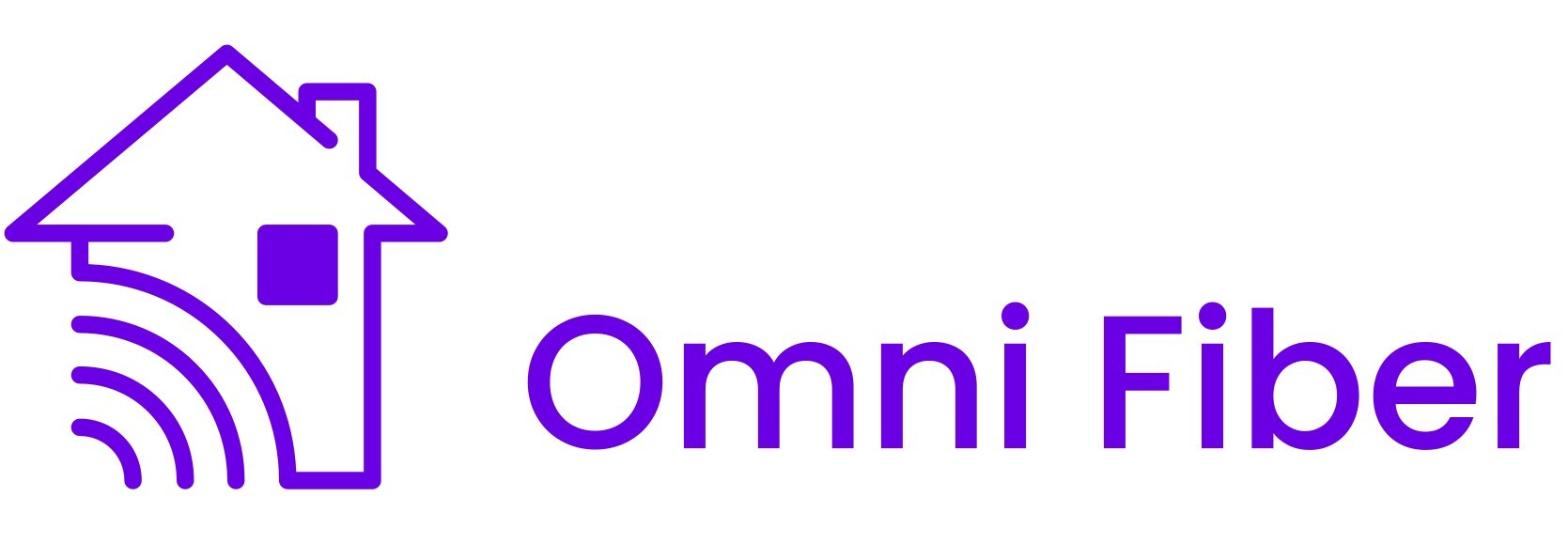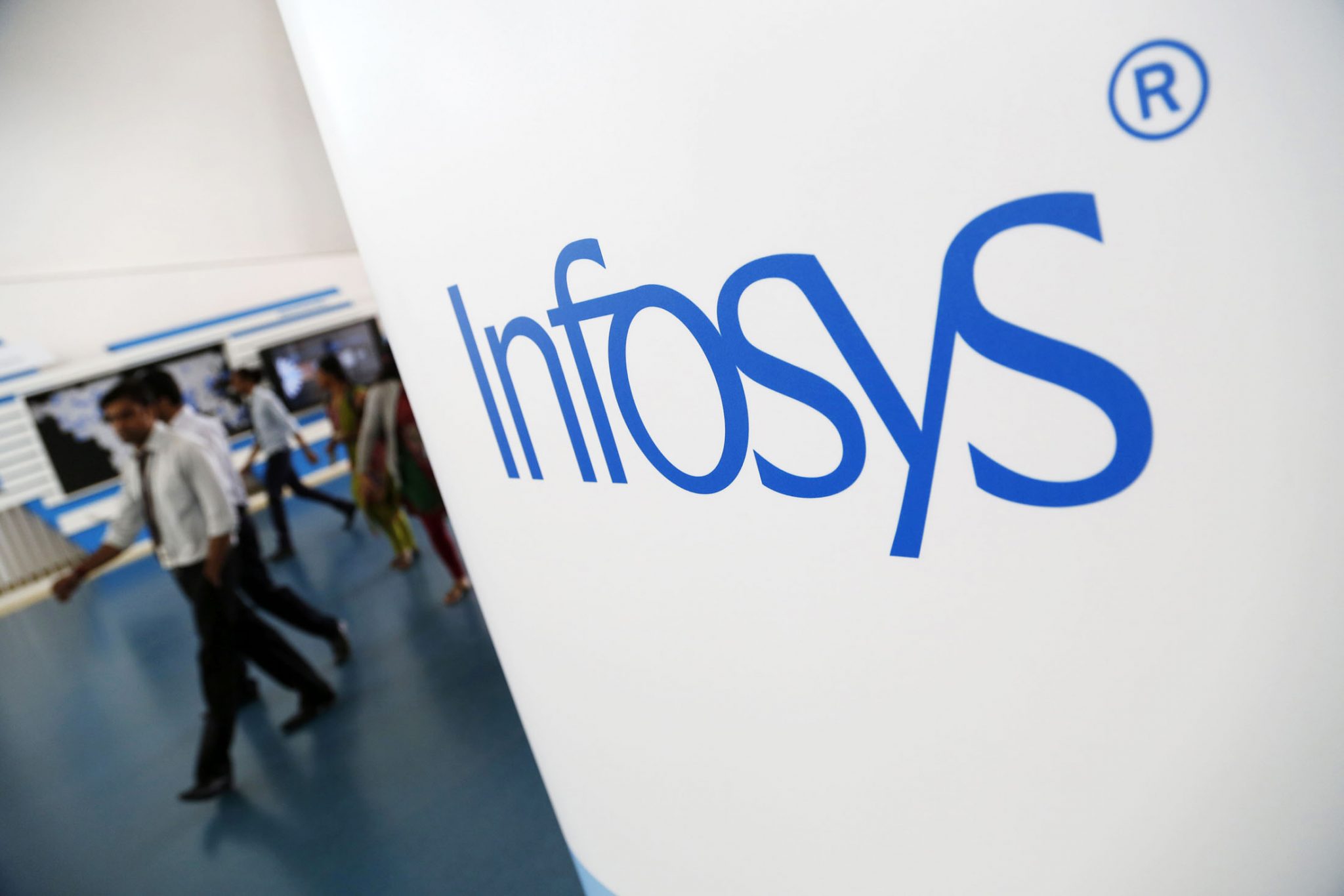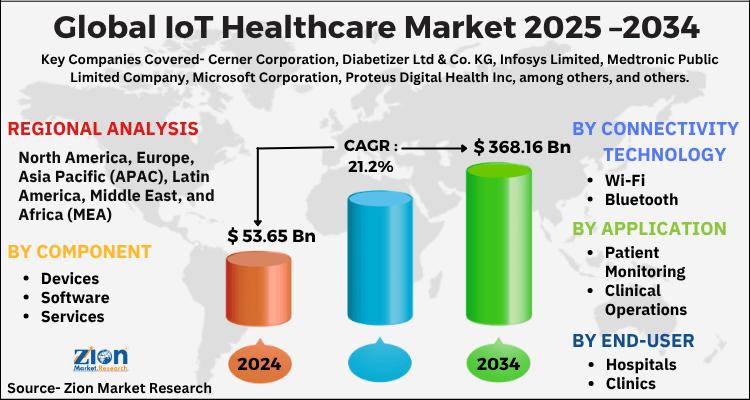The Future of Connectivity: Trends and Innovations in Technology and Telecommunications
Author: Cision PR Newswire

In an unprecedented move, Omni Fiber has launched Omni Mobile, a cutting-edge wireless service in collaboration with Reach, ensuring nationwide coverage with 5G speeds. This initiative marks a significant milestone in the telecommunications industry, demonstrating Omni Fiber's commitment to enhancing connectivity. The launch highlights the increasing demand for mobile services that meet the needs of consumers and businesses alike in an ever-evolving digital landscape.
As the world becomes increasingly connected, the importance of reliable mobile service cannot be overstated. Omni Mobile's partnership with Reach sets a new standard for wireless communication, providing customers with seamless connectivity wherever they go. This service not only meets the expectations of fast internet speeds but also prioritizes user experience, essential for staying connected in today's fast-paced environment.

The Omni Fiber logo, representing a new era of wireless connectivity.
Moreover, the technological landscape is experiencing a tremendous shift with artificial intelligence taking center stage in various sectors. Oracle's recent advancements in AI applications allow businesses to achieve extreme availability and performance needed for mission-critical workloads. With the Exadata Database on Exascale Infrastructure, organizations can seamlessly run distributed AI workloads, analytics, and transactional processes, expressing the vital role of AI in modern data management.
The integration of AI into the enterprise not only streamlines operations but also significantly reduces costs, making it a pivotal component for businesses looking to enhance their operational efficiency. As companies strive for a competitive edge, embracing such technologies becomes essential in adapting to changing market requirements.

Oracle's logo, reflecting its impact in AI and cloud solutions.
In the realm of consumer technology, the competition among smartphone manufacturers continues to intensify. The Google Pixel 10 Pro Fold is gearing up to challenge the superior offerings of Samsung's Galaxy Z Fold 7. For Google to make a significant impact in this sector, analysts indicate that several critical upgrades are necessary, including enhancements in display technology and camera capabilities. As folding phone technology matures, companies must innovate to capture consumer interest.
This competition not only drives innovation but also influences consumer choices, leading to a more dynamic market. With the rapid evolution of mobile technology, consumers are more discerning than ever, seeking devices that not only offer functionality but also superior design and user-friendly features.

The Google Pixel 10 Pro Fold, poised to compete against the leading folding phone.
Additionally, Infosys has announced the opening of an advanced AI, cybersecurity, and space technology center in Hubballi, India. This state-of-the-art facility aims to elevate the technological capabilities of the region and drive economic growth in North Karnataka. By focusing on critical areas such as AI and cybersecurity, Infosys positions itself at the forefront of technological innovation, ready to tackle emerging challenges in the digital age.
The establishment of such hubs reinforces the global trend of investing in technology-driven infrastructure, which is essential for sustaining economic progress and innovation. As these centers sprout worldwide, they promise to bolster skills development, research, and collaboration among tech enthusiasts and professionals.

The new Infosys tech center in Hubballi, designed to foster innovation.
On the hardware front, the consumer market has been buzzing with the news of significant discounts on high-quality products. Amazon recently offered Prime members discounts on a top-rated robotic vacuum cleaner, showcasing how competition within the e-commerce space benefits consumers. With such deals, consumers can access advanced technology at reduced prices, promoting wider adoption of smart home devices.
The continual advancements in IoT devices, such as robotic vacuums, highlight a significant shift in consumer preferences towards home automation and smart technology integration. As these devices become commonplace, opportunities for further innovation and synergy within IoT ecosystems emerge.

A premium robotic vacuum on discount, exemplifying consumer demand for smart home devices.
In a groundbreaking initiative, the US government has negotiated a unique deal with OpenAI, allowing federal agencies to access ChatGPT Enterprise services for just $1 per agency for one year. This remarkable price point signifies a new approach to government procurement of technology, emphasizing the importance of generative AI in streamlining government operations and enhancing service delivery.
As governments worldwide explore the potential of AI, this deal could set a precedent for future collaborations between technology companies and public sector organizations, promoting the integration of advanced AI solutions in governmental operations.

An illustration of OpenAI's ChatGPT, showcasing its transformative potential for government agencies.
Looking at the global market, the IoT healthcare sector is anticipated to witness exponential growth, with projections estimating a market value rise from approximately USD 53.65 billion in 2024 to USD 368.16 billion by 2034. This significant increase indicates a compound annual growth rate (CAGR) of 21.2%, driven by the growing demand for connected healthcare technologies.
The proliferation of connected devices in healthcare is leading to improved patient outcomes, enhanced operational efficiencies, and a greater focus on preventive care. As innovations are introduced and adopted, the healthcare industry is set for a transformative era driven by IoT solutions.

Infographic illustrating the rapid growth forecast for the IoT healthcare market.
In conclusion, the intersection of technology and telecommunications continues to evolve rapidly, characterized by the emergence of new services, innovative applications, and significant market trends. Telecommunications companies, software giants, and consumer-focused businesses must adapt continually to remain competitive and meet the ever-growing demands of users. As these sectors advance, they bring forth exciting opportunities for innovation, collaboration, and improved connectivity for all.